Years ago there was an event many people in our rural community looked forward to during the dreary winter months. It provided something for everyone, young and old, rural and village dweller.
It was the annual Farmers’ Institute.
I had never heard about this locally-held event until recently, but some of you might remember attending the institutes.
To learn more about the event I talked to my neighbor Dorothy Jean and did a little research of my own. Dorothy Jean grew up in Chattanooga and has many fond memories of the Chattanooga Farmers’ Institute.
The Farmers’ Institute was a society governed by the Ohio State Board of Agriculture. The rules for the society were set down in 1890 and declared that twenty or more residents of any county in the state could organize themselves into a Farmers’ Institute society, with the purpose of teaching better methods of farming, stock raising, fruit culture, and all branches of business connected with the industry of agriculture. Societies would adopt a constitution and by-laws agreeable to the rules and regulations of the State Board of Agriculture. Each local society would elect their own officers and committees, who would plan the local institute. [1] The events featured speakers from the state.
Institutes were established as early as 1877. The earliest newspaper account I saw was that of a Farmers’ Institute held in Cambridge, Ohio, in 1877. [2] Some Ohio counties still hold Farmers’ Institutes today.
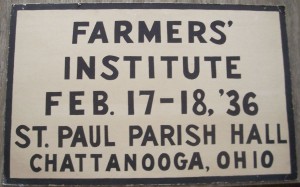
Chattanooga Farmers’ Institute, 1936.
In 1937 Mercer County Farmers’ Institutes were held in Montezuma, Chattanooga, Marion, Neptune, Wabash, Celina, Rockford, and Mendon. [3] As time went on some counties held only one institute. Other states also held similar rural institutes.
In the early years the prime objective of the institute was to teach the farmer how to best cultivate the soil and how to secure the best returns from the farm with the least expense and without increasing the labor. [4] Early topics focused on preserving the forests, raising livestock, and growing crops. Later institutes included home and agricultural exhibits as well as topics on other timely issues such as Social Security.
The Farmers’ Institute was held once a year and lasted two days. Institutes were usually held in the winter, often February, most likely because the farmers were busy working around the farm during the warm months. The program consisted of lectures by professional state lecturers, discussions, entertainment, and prayer.
The whole family would attend the Farmers’ Institute and the children looked forward to it. There was something there for people of all ages.
The Chattanooga area had their own Farmers’ Institute, usually held at the Parish Hall, or what I always knew as the Grange Hall, located on Tama Road, about a mile east of State Route 49. This building was once part of St. Paul UCC Church.
Dorothy Jean vividly recalls some items on the Chattanooga program: prayers by local minister(s); speakers; school children from Chatt, Deitsch, and Landfair schools who were allowed to skip school to attend; a ciphering contest and spelling bee for the children; judging of posters made by school children; plays presented by the youth of a local church; and food prepared by a local church and sold at the “food stand”
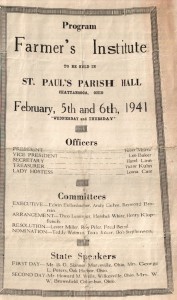
Farmers’ Institute program, Chattanooga, Ohio,1936. Program courtesy of Dorothy Jean (Leininger) Hellwarth.
The following are three examples of local Farmers’ Institutes.
The Chattanooga Farmers’ Institute was held in the Evangelical Church, Chattanooga, Wednesday and Thursday, 28-29 February 1912. Highlights of the institute:
The opening address was given by R.R. Morrison and prayer was offered by Rev. E. H. Jones.
Music was provided by the band; Mr. & Mrs. Egger; Hazel Tague; Misses Kuhn, Baker, and Betzel; Fay Dudgeon; Mrs. DeArmond and sister; and the Pifer sisters.
Lectures: Tile Drainage and Manure; Live Stock vs. Grain Farming; The Home and Its Surroundings; Land Owner and Tenant; Public Claims on Private People (by Zion Chatt’s Rev. L. Loehr); The Home and Its Influence; Landlord and Tenant; The Horse, Hog, and Sheep; Problems of Soil Fertility; Tuberculosis (by Dr. E.H. Alspaugh); What Do You Think of Yourself (by Rev. S.A. Beall); Agriculture in the Country School for Scholars (by John H. Kable).
Round Table Discussion Topics: Cheap Lands in Ohio; Extension Schools; Social Life on the Farm; Uses of the Gasoline Engine; Why the Decrease in Rural Population; Orchard Demonstrations; Why the Decline of Country School and Church; Farm Book-keeping; Government Aim for Good Roads; Uses of Cement on the Farm; Clover Boosts and Thistle Knocks; Beautifying Country Homes; County Fair Exhibits; Community Buying and Selling; How to Raise More Wheat, Corn, and Clover. [5]
In 1937 the Chattanooga’s Farmers’ Institute was held 5-6 February at St. Paul’s Parish Hall. The event included morning, afternoon, and evening sessions that provided educational lectures and entertainment.
The Institute began with Community Singing, lead by Zion’s own Rev. Carl Yahl, followed by ciphering in grades 3-8.
Musical numbers were presented by Vera Mae Andress and Betty Hunziker, Robert and Betty Lou Marbaugh, Lowell Weitz, the Zion Lutheran Quartet, the Methodist Quartet, Betty Branstetter, Melvin Gehm, Minnie and Kathryn Brehm, Tillie Gehm (accordion solo), Eugene Caffee, and Pauline and Marguerite Wendel.
The Chattanooga Institute concluded Saturday evening with a three-act play, Sitting Pretty. Actors were Kathryn Brehm, Pauline Wendel, Ralph Bollenbacher, Goldie Baumgartner, Ruth Andress, Martin Fahncke, Lavaun Koch, Lois Heffner, and William Rothaar. [3]
Willshire held its Farmers’ Institute that same weekend in 1937 in their school auditorium. Their event also had morning, afternoon, and evening sessions and promised to provide “entertainment and instructive talks on subjects of general interest to everyone.” There was a poster contest for school children of all grade levels.
School children from Miss Wolf’s Room, Miss Winkler’s Room, and Mr. Edwards’ Room provided entertainment. Other musical entertainment included a piano duet by Rosella Dull and Kathleen Detter, a piano solo by Phyllis Hoblet, and a number by Rosella Dull, Katherine Bilderback, Kathleen Detter, and Betty Althoen.
Actors in Willshire’s comedy play included Fred Voigtmann, Herbert Brandt, Kenneth Dellinger, Ruth Mercer, Mildred Wolfe, Geraldine Strickler, Lois Geisler, and Deloris Schumm. [3]
Some of these names are familiar and I even knew some of these folks. I remember Rosella (Dull) Vining, my elementary music teacher, who also played piano for our Grange drill team. Herb Brandt and Gene Caffee attended Zion Chatt.
It is also interesting to note that we still have some of the same concerns in rural areas today as they had back in the early days of the Farmers’ Institute.
[1] “Law Governing Farmers’ Institute Societies in Ohio,” Passed 26 April 1890 and Amended 27 April 1896, Annual Report of Ohio State Board of Agriculture, 1899; Google Books, (http://www.google.com/books?id=bHkSAAAAYAAJ : accessed 3 April 2014), p. 159-60.
[2] “Squibs from Washington,” Cambridge Jeffersonian, Cambridge, Ohio, 1 March 1877, p. 3; digital images by subscription Newspapers.com (www.newspapers.com : accessed 2 April 2014).
[3] The Willshire Herald, Willshire, Ohio, 28 January 1937, p.1, 5, 6, 8.
[4] “The Fifteenth Annual Farmer’s Institute of This County,” Marysville Journal—Tribune, Marysville, Ohio, 31 January 1895, p. 1; digital images by subscription Newspapers.com (www.newspapers.com : accessed 2 April 2014).
[5] “Big Institute,” The Rockford Press, Rockford, Ohio, 23 February 1912.

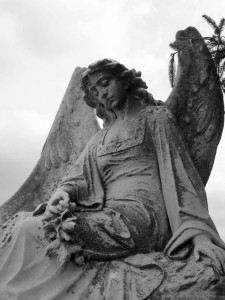
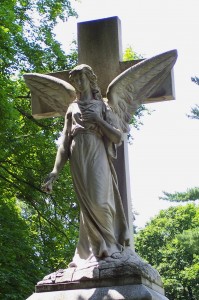
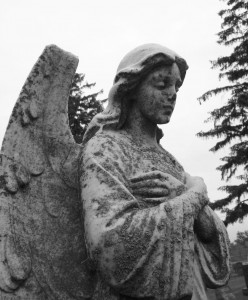
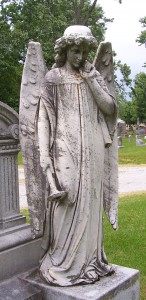

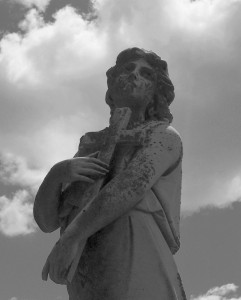
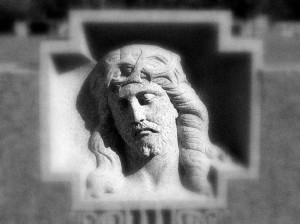
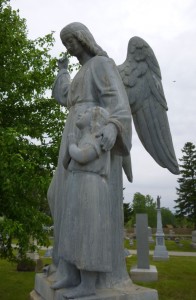

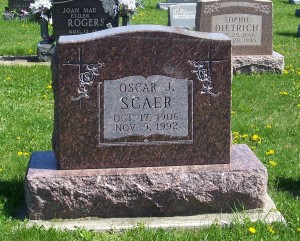
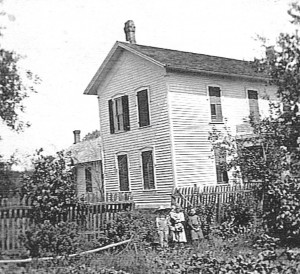
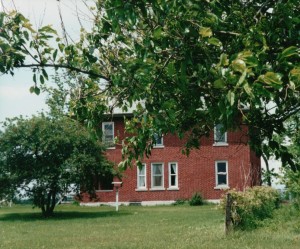
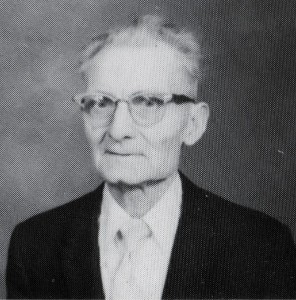
![Mercer County Grange Drill Team, State Champions, 1969. [1]](https://karenmillerbennett.com/wp-content/uploads/2014/04/Grange-Drill-Team-1969-001-300x202.jpg)
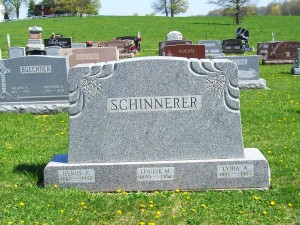



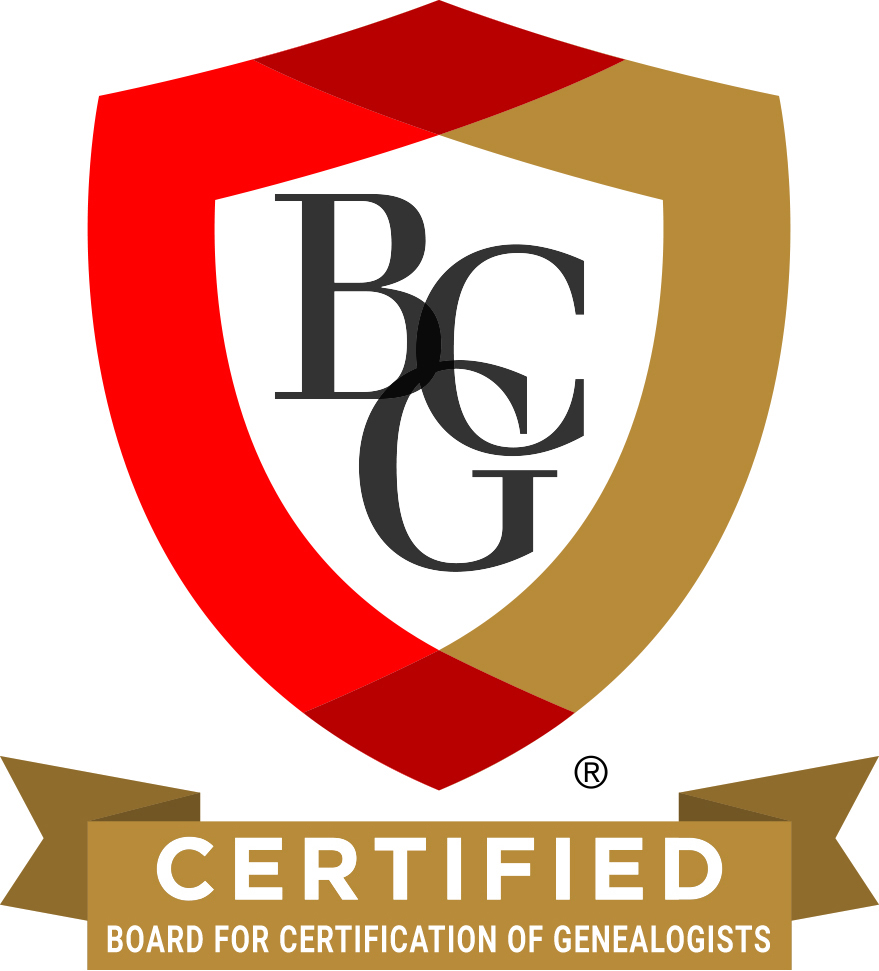
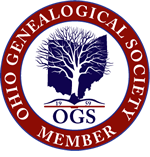

Unusual names for sure. I wish I knew why he picked those names. Liking geography is a good possibility. Thanks…
His father must have really liked geography to name his children after states. Very unusual names!
Thank you, Gloria. Great to hear from you and wishing you a nice spring and summer as well.
Thank you Karen. It was great to see them in their younger years. I always find your articles so interesting.…
What a story! I knew Henry Kissinger was in the 84th but have not corresponded with anyone connected to him.…